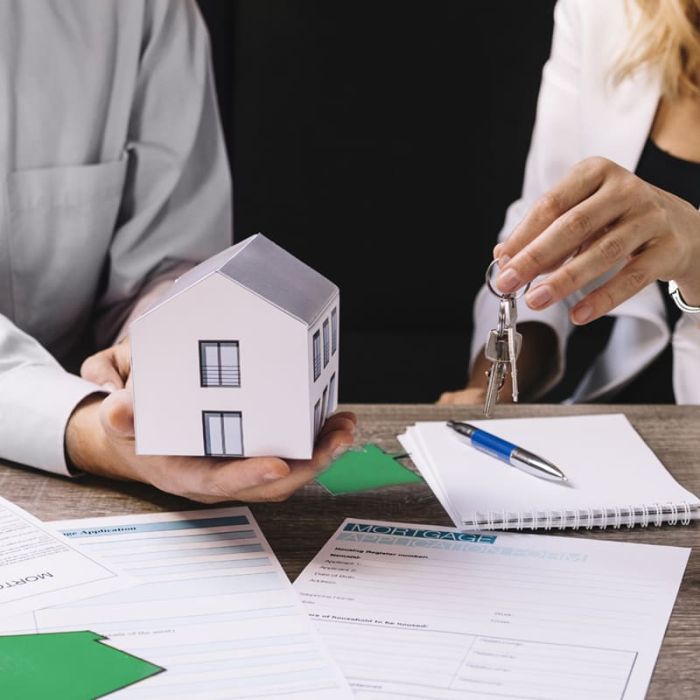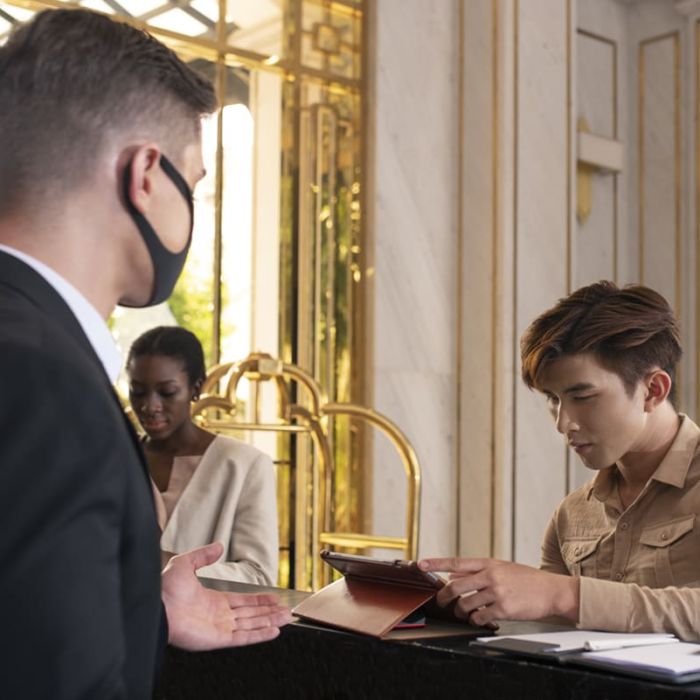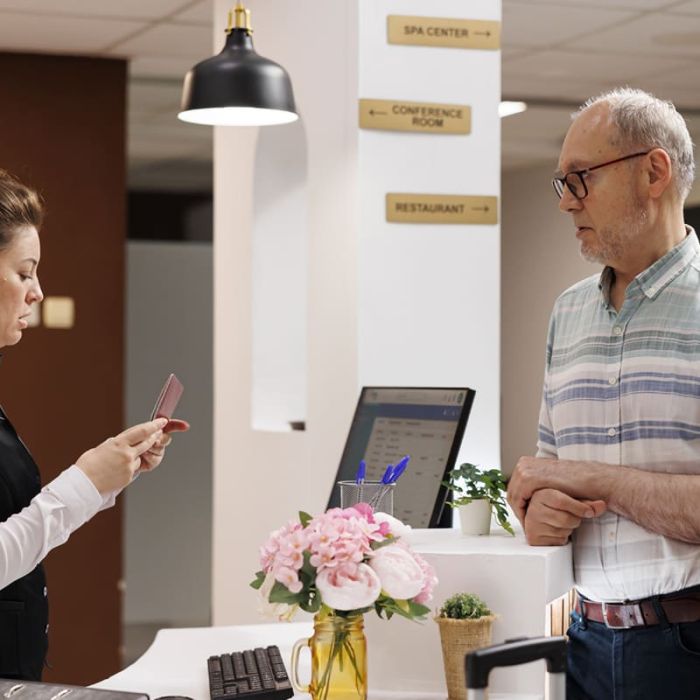practical guide and essential tips
Photographing a home requires more than just technical skills. To capture the essence and beauty of a space, there are many elements to consider. These elements range from lighting conditions and composition to various camera parameters. In this article, discover a number of practical tips for taking beautiful photos of your home, which can make all the difference on the real estate market or for your personal photo albums.
Understanding the importance of light
Light plays a crucial role in real estate photography. It not only shows off the details, but also creates a pleasant atmosphere.
Natural light versus artificial light
Always favor natural light whenever possible. Take your photos during the day, ideally when the sun is low on the horizon (morning and late afternoon). Shadows are softer and light less direct, helping to achieve balanced images without overexposure.
In the absence of sufficient natural light, use artificial light. However, avoid mixing different color temperatures, such as yellow light bulbs with white daylight, as this creates mismatches in your shots. For uniformity, you can opt for temperature-adjustable LED lights.
Making the most of windows and openings
Position yourself facing the windows to allow outside light to flood the room. This often gives a sense of depth and visually enlarges the space. If necessary, use reflectors to soften shadows and direct light where it’s needed.
Perfecting composition and perspective
Good composition and perspective can transform a simple photo into a captivating image.
Rule of thirds
Use the rule of thirds to structure your image. Mentally divide your frame into nine equal sections by two horizontal and two vertical lines. Place key elements at the intersection of these lines to balance the composition.
- Place important furniture or focal points like works of art on lines or intersections.
- Avoid systematically centering your subjects; this can make the image look static.
Alignment and horizontality
Make sure the vertical and horizontal lines of your frame are straight. Use a tripod and level if necessary. A tilted photo can give the impression of a disorganized space.
Change shooting height
Don’t always shoot at eye level. Vary the heights according to the spaces photographed. For example, for bedrooms, place the unit slightly higher than the bed to give a better perspective.
Essential camera settings
Adjusting your camera’s settings is essential for good results. Here are a few adjustments not to be overlooked.
Aperture and depth of field
Choose a small aperture (f/8 to f/16) to obtain a large depth of field. This ensures that every element in the room is in focus, from foreground to background.
For more artistic shots, use a low aperture (f/2.8 or f/4) to highlight certain details while blurring the background.
ISO sensitivity
Keep your ISO as low as possible to avoid digital noise. However, in low-light conditions, don’t hesitate to raise the ISO to an acceptable level, or use a tripod for long exposures.
Staging the space
The staging of your home can have a profound influence on the quality of your photos. So it’s essential to pay attention to every detail.
Cleaning and decluttering
Before you start your photo shoot, make sure every room is clean and tidy. Remove personal items and unnecessary distractions. The fewer the objects, the larger and more welcoming the space.
Use of decoration
Just add a few decorative touches to humanize the space. Fresh flowers, colorful cushions and vivid artwork can add charm without overpowering the image.
Playing with textures and colors
Use a variety of textiles and complementary accessories to create visual coherence. A textured blanket on a sofa or elegant curtains can bring your photos to life.
Retouching tools and software
Post-production is essential to give your photos the final touch. There are a number of tools and software packages that can help you make significant improvements to your images.
Professional retouching software
Software such as Adobe Lightroom and Photoshop offer a wide range of tools for adjusting light, correcting colors and applying various fine retouches. They can also be used to apply filters to harmonize your series of photos.
Mobile applications
If you prefer a more accessible option, apps like Snapseed or VSCO offer surprisingly powerful features for fast, effective retouching straight from your smartphone.
By following all these tips, you’ll be able to capture the best perspectives of your home, giving yourself every chance of attracting the attention and interest of potential buyers, or simply keeping beautiful memories in your photo albums. Every detail counts, and with the right balance between technique and creativity, your photos will faithfully reflect the history and uniqueness of your home.





